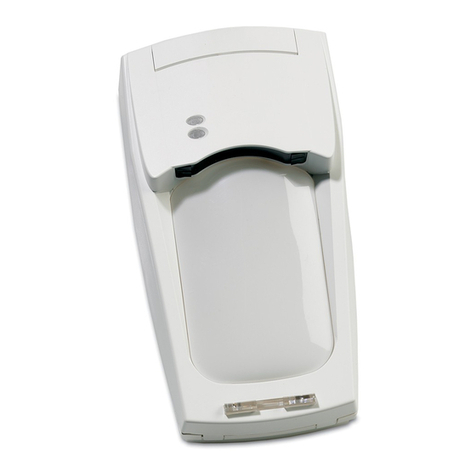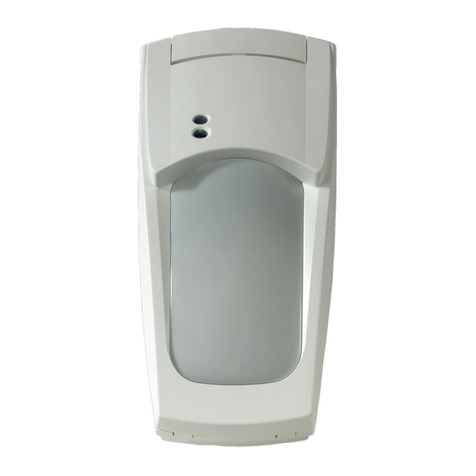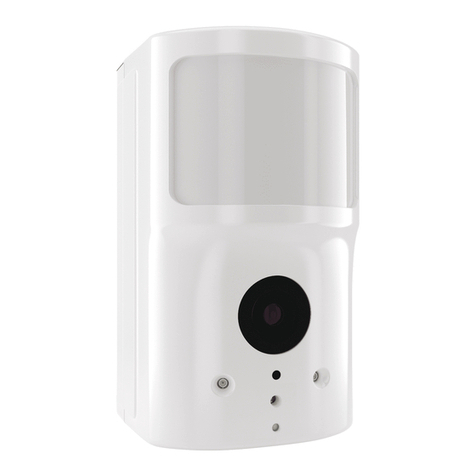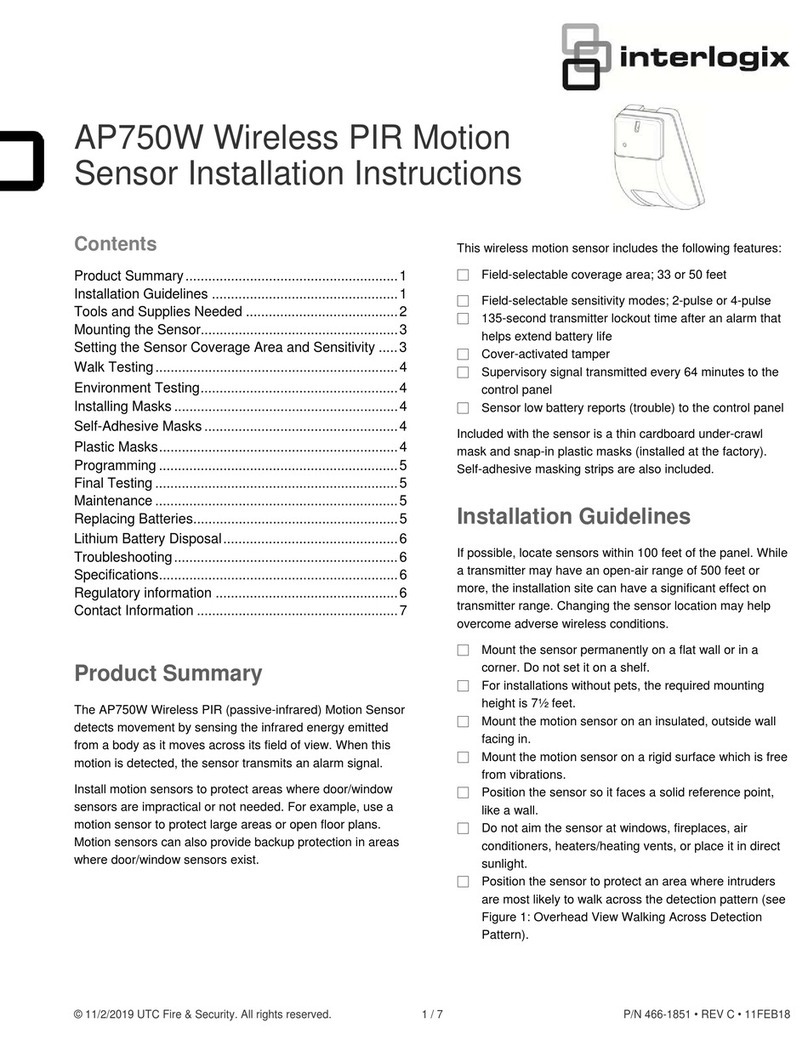Interlogix HDX-135Z-433 User manual
Other Interlogix Accessories manuals
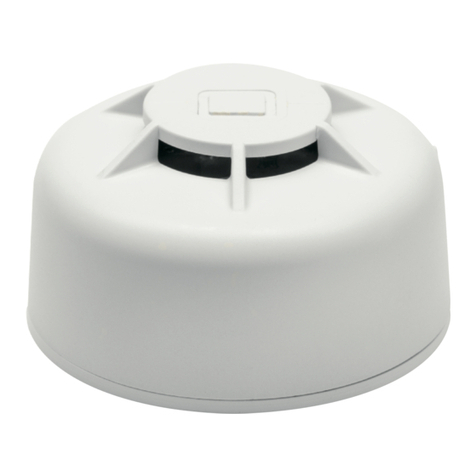
Interlogix
Interlogix HDX-135-345 User manual
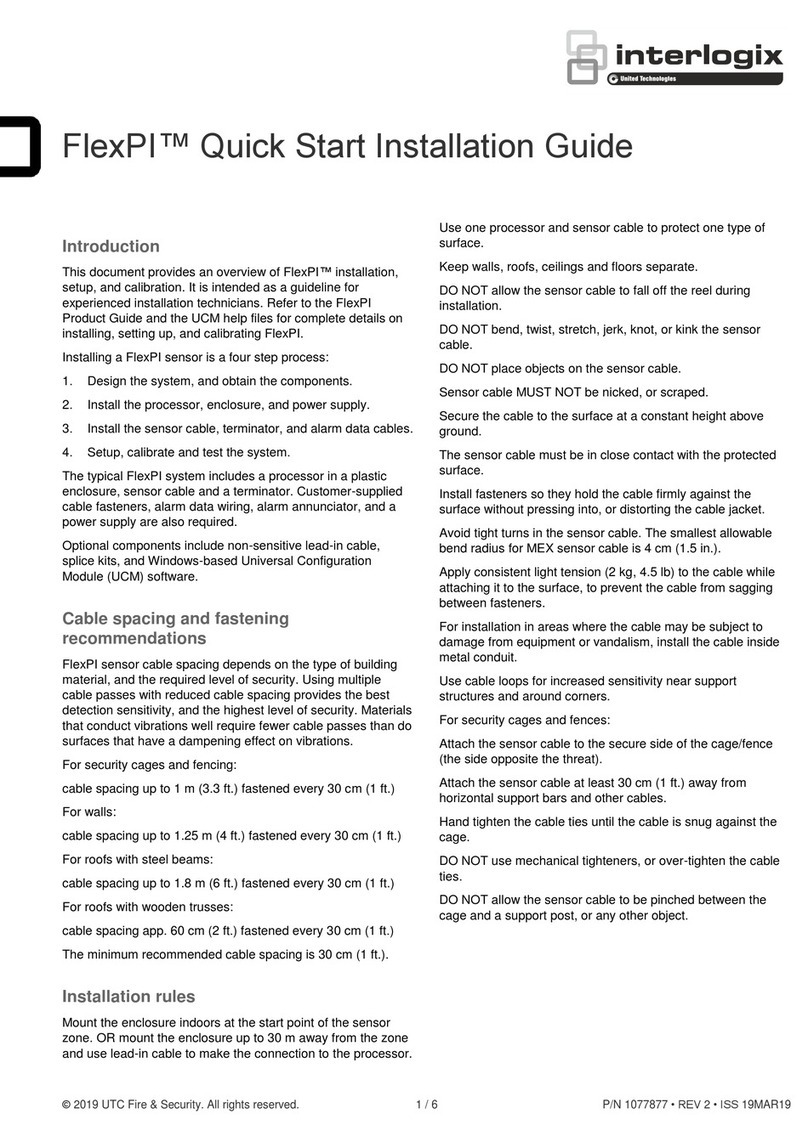
Interlogix
Interlogix FlexPI Instruction Manual
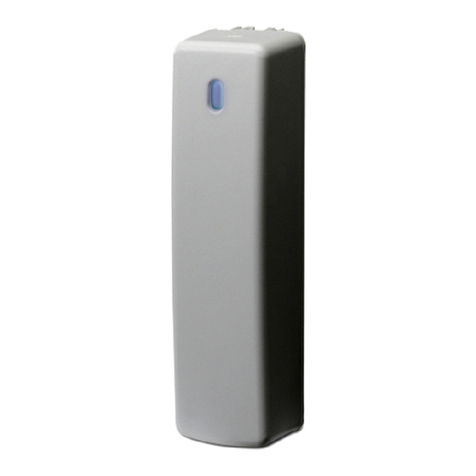
Interlogix
Interlogix 868 GEN2 Assembly instructions

Interlogix
Interlogix 60-886-95 User manual
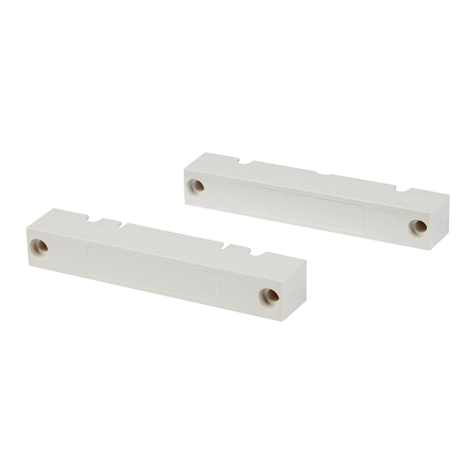
Interlogix
Interlogix SENTROL 1045T Series User manual
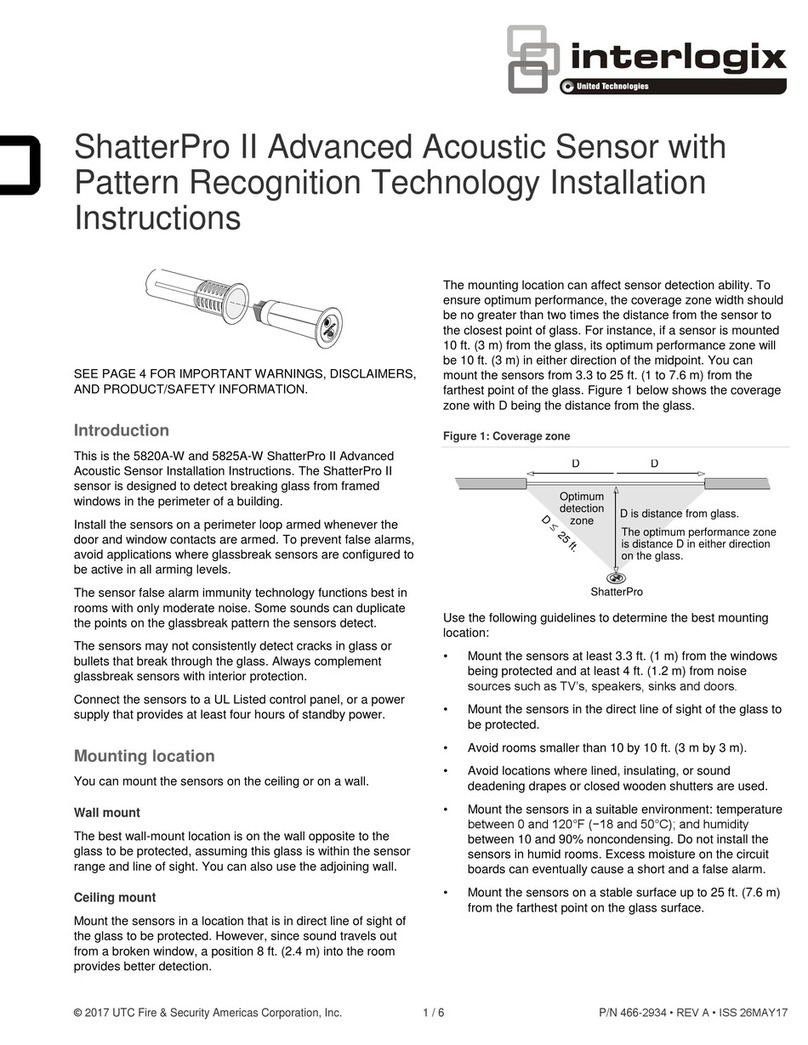
Interlogix
Interlogix ShatterPro II User manual
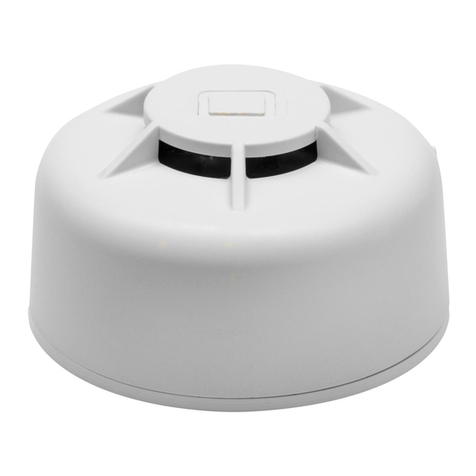
Interlogix
Interlogix HDX-135 User manual
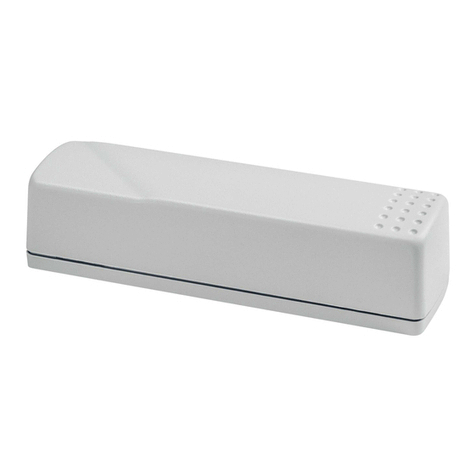
Interlogix
Interlogix International Shock Sensor User manual
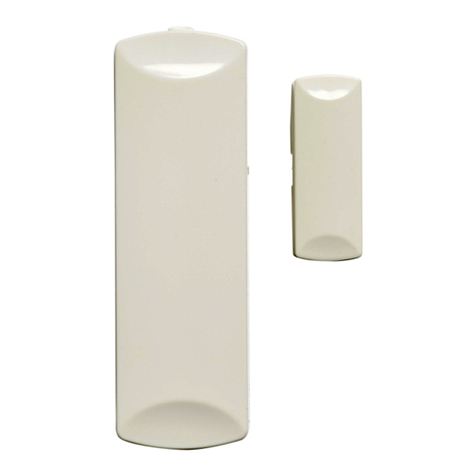
Interlogix
Interlogix RF-1110-07-1 Assembly instructions
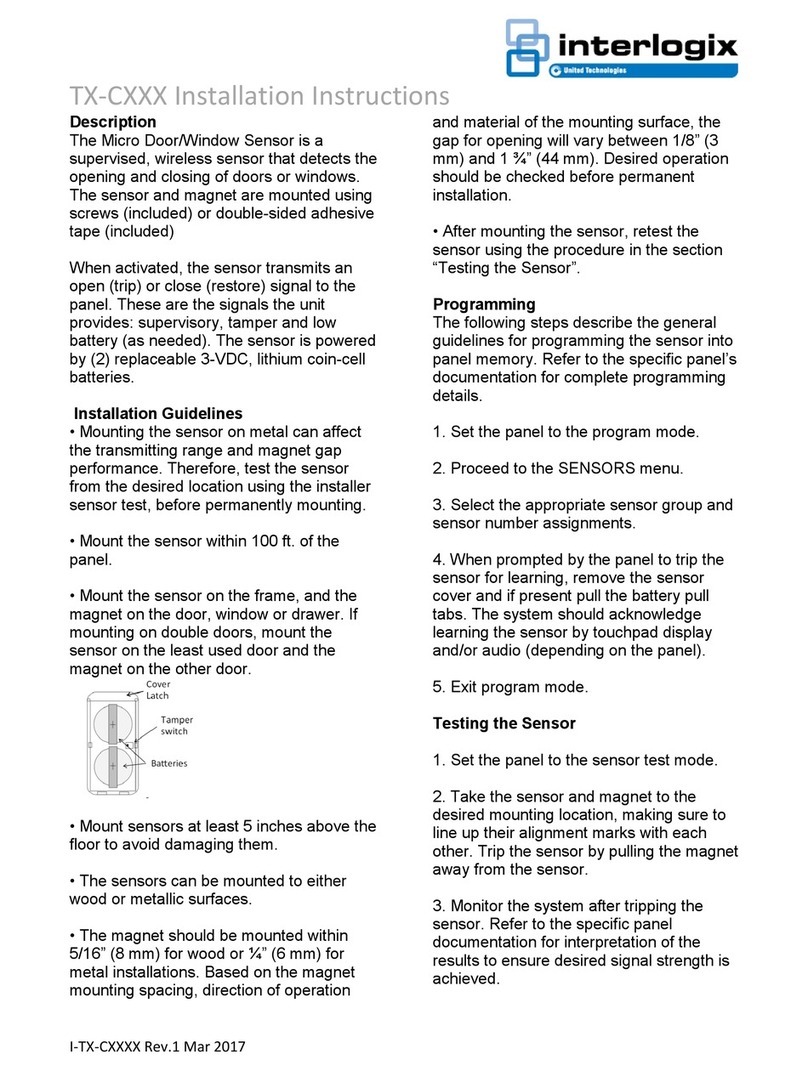
Interlogix
Interlogix TX-C series User manual
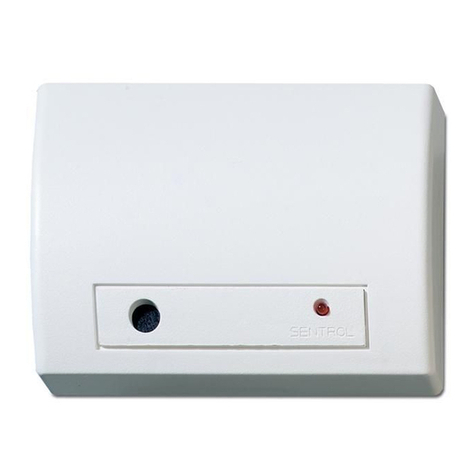
Interlogix
Interlogix Wireless ShatterPro 5845 User manual
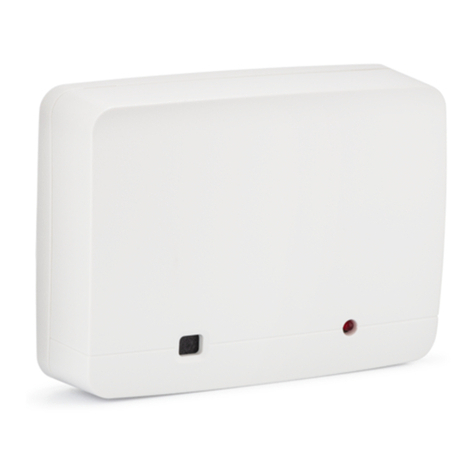
Interlogix
Interlogix ShatterPro Assembly instructions
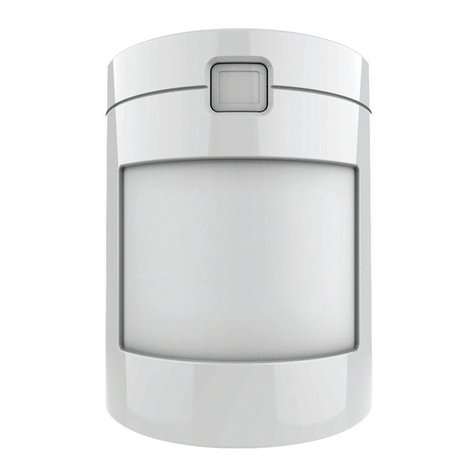
Interlogix
Interlogix TX-E721 User manual

Interlogix
Interlogix RF711I4 Assembly instructions
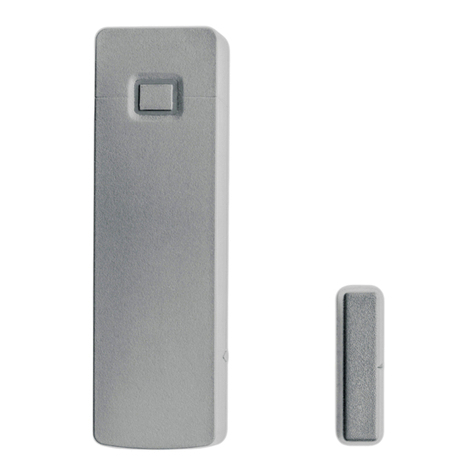
Interlogix
Interlogix RF-DC101 Series Assembly instructions
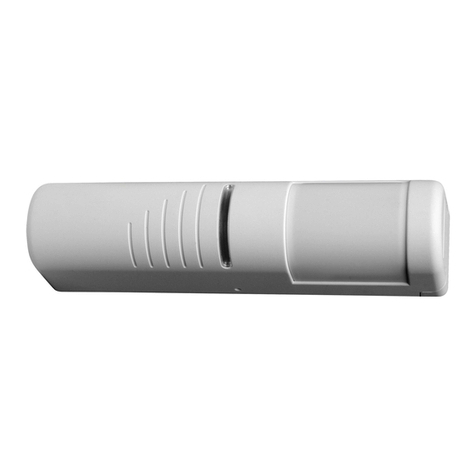
Interlogix
Interlogix RCR-REX User manual
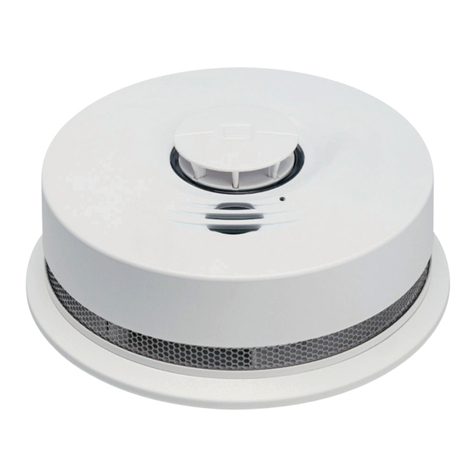
Interlogix
Interlogix SDX-135Z-433 User manual
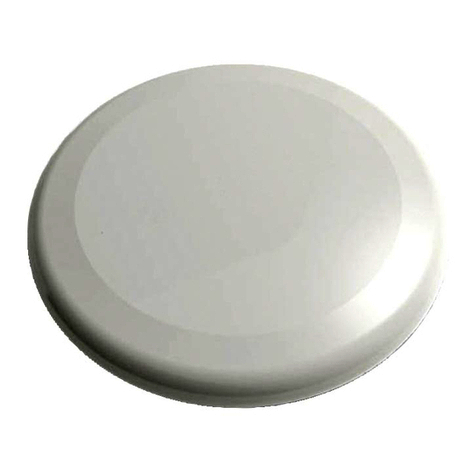
Interlogix
Interlogix TX-E611 Assembly instructions
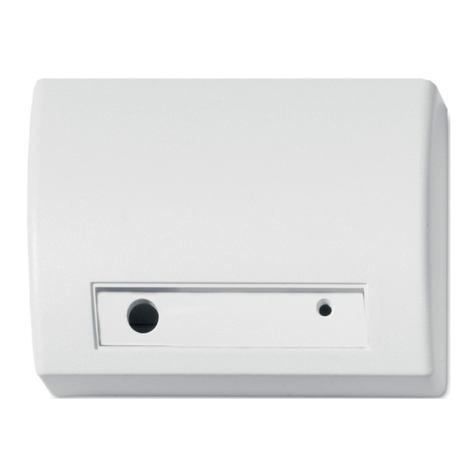
Interlogix
Interlogix ShatterPro 60-873-95 User manual

Interlogix
Interlogix International ShatterPro Assembly instructions
